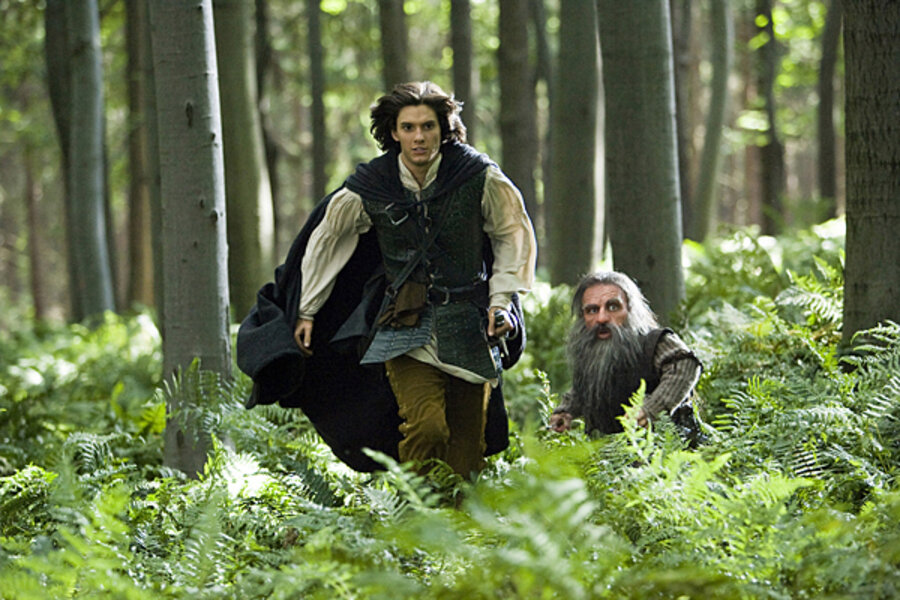Like all artists, J.K. Rowling alludes to many earlier literary themes and tropes, says Elizabeth Gruner from the University of Richmond in Virginia. Clearly, she draws on the medieval quest narrative, not to mention the sacrificial victim themes that informed Christian iconography, she notes. These influenced other fantasy writers, among them Christian theologian C.S. Lewis (“The Chronicles of Narnia”) and “Lord of the Rings” author J.R.R. Tolkien.
Ms. Rowling’s genius is in drawing as well on several realistic literary traditions, says Ms. Gruner, such as the “school story, best known in England with 'Tom Brown’s School Days,' and the ever-popular orphan narrative.”
Charles Dickens is one of her great predecessors, she notes, but let’s not forget the “social realism in Jane Austen’s mode – the satire of the Dursleys, the awareness of the social class issues within Hogwarts,” she adds.
Rowling gives everyone something familiar to connect with, says Gruner. “Lots of kids (and adults) who thought they didn’t like the “swords and sorcerers” kind of fantasy (familiar, again, from Tolkien) were drawn in by her comedy, her social realism, and her characterization,” she adds.





